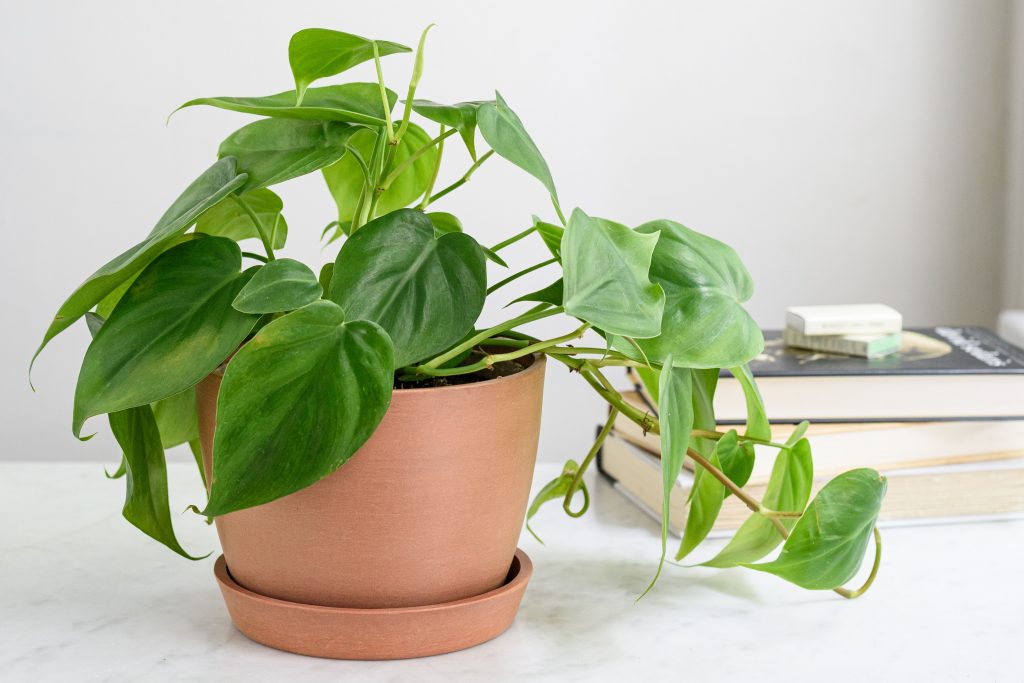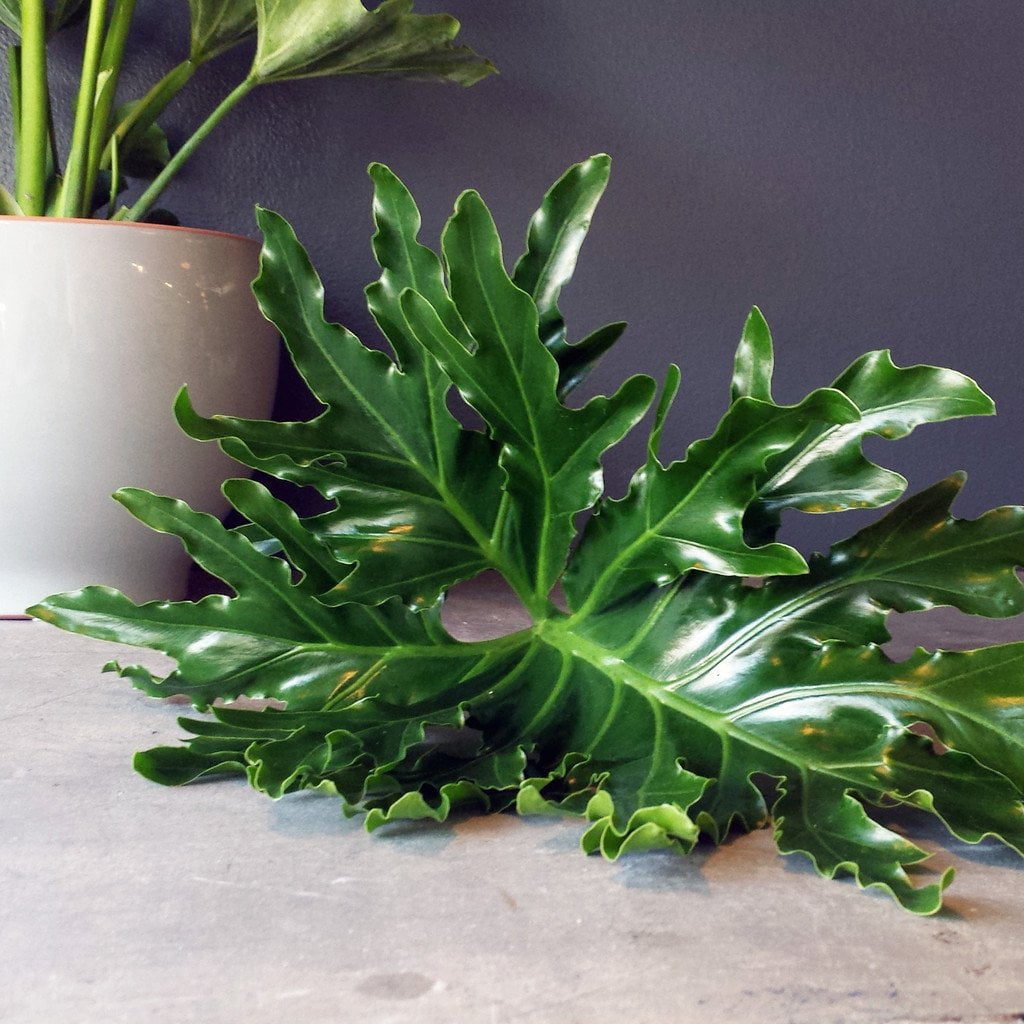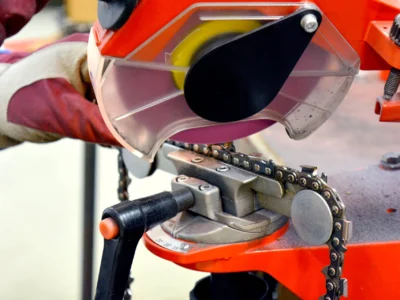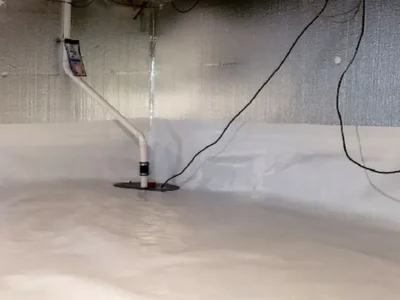Did you choose Philodendrons to be the man of your plant? Congratulations on your fantastic choice, and you need to know that you have joined the list of people who have an elite taste in plants. From ancient Greek, yeah the name comes from Greece and thus the elite. You need not worry about the plant because it tells you what it needs. Regardless of your plans to grow it indoor or outdoor, all the Philodendron varieties make your job easy.
But, What are Philodendron Varieties?

To know the Philodendron varieties, let us first understand what this plant is. Its name reminds you of a subject that is always confusing; Philosophy. And if it did, you are on the right path because that is how this plant’s name originated. Philosophy means love for wisdom. Philos meaning love and Sofia implies knowledge. Similarly, Philo here means love too, and Dendron means plant. So, yeah Philodendrons are tree lovers.
It might be confusing for you, and your first question might be: Did tree lovers love this plant? No! I mean, of course, they did, but the plant itself is a tree lover. In modern norms and linguistics, you can even call this plant a tree hugger. This plant is more tree hugger than any tree hugger that exists, because it hugs the trees, for real! All the Philodendron varieties are vines, and these vines need support to grow. Instead of any random support, they typically choose wild trees that are strong to creep.
The Fame of Philodendron

All the Philodendron varieties are famous, and it is not because they are beautiful. They are beautiful. I mean that’s why one would consider growing them. But there is a different quality to these Philodendron varieties that reminds you every time that they are alive! They are not as interactive as the ‘touch-me-not’ plants, but they sure are active and give you indications about their conditions. These interactions of Philodendron makes the plant easy to grow to any beginner.
When I said ‘all the Philodendron varieties are famous’ it was not merely rhetoric. There are hundreds of Philodendron varieties available in the market, and people purchase all these Philodendron varieties equally. It is because of the inert quality that they share. They are independent when it comes to taking care of themselves. But they are incredibly dependent on a source that allows them to creep on them. They love to grow, and all you need to do is let them grow in a mutually beneficial way.
Indoor or Outdoor
In the above texts, it is clear that all the varieties can grow both indoor or outdoor. It would help if you knew more about all the different types because you can directly choose which one of those Philodendron varieties suit your needs. You can grow a typical Philodendron plant both outdoors and indoors. But you can not restrict them indoors for a long time. These tree huggers need out for some time in the beginning at least. They should feel the sun, air and the feel of outdoors.
If you choose to grow these plants indoors, then your effort to maintain them increases a wee bit. But that still won’t change the fact that they belong to the group of plants that need little to no attention. All you need to do is occasional pruning, and these Philodendrons will grow by themselves. For many centuries they have been part of many households, and a few keeps won’t even prune them and let them grow in their verandahs and balconies. So don’t worry anymore if you are looking forward to growing them indoors.
Caring the Philodendrons
Regardless of them being the plants that need less care, they still need that. Like every other living organism in the universe, all the Philodendron varieties have basic needs. Let us explore the needs of Philodendrons because to take care of them; you need to know what they need in the first place. And the needs of all the Philodendron varieties are nothing much but Sunlight, Water and some fertiliser.
Philodendrons need sunlight, and that is why you need to put them in the place where the sun falls on them. But there is a small problem here! Overexposure destroys the plant. As the plant is interactive, it turns yellowish if the light it is receiving is in excess amounts. If the leaves look weary, it means that you need to put the plant in a spot where the plant gets more sunlight. Similarly, the plant gets dried out, more evidently than any other plants. And thus the call for more water.
Fertilisers
You might think that it is unnecessary to use fertilisers for a plant. In that case, you can use natural fertilisers. But a proper growth asks for appropriate fertilisers. You can buy growth hormones for plants that you can buy at any plant stores. Philodendron needs micronutrients when you grow them inside. Because in the soil they somehow get these micronutrients but indoors, only you can provide them with that. If your plant becomes pale, it only means that it needs more magnesium and calcium. You can purchase fertilisers that boost the growth of your plant by feeding it micronutrients.
Philodendron Varieties
There are two types of varieties that you need to remember if you are getting yourself a Philodendron. The ones that need growth, support and hug wild trees are climbing Philodendrons, and they are vine-like in appearance. And the other variety of Philodendrons are non-climbers. These both Philodendron Varieties differ in the width and height of the plant, and the non-climbing Philodendrons are double the size of climbing ones in width. You can tell the width of non-climbing Philodendrons by their height. The width is inversely proportional to the height of the Philodendrons.
Heartleaf Philodendrons
These Philodendrons have the leaf, like a shape of the heart. These are vine-like and need support to grow up. There are more varieties of these heartleaf Philodendrons. And all these Philodendron Varieties of heartleaf look beautiful if you just put them in hanging baskets, making them creep using the support of the basket. You can hang them indoors or outdoors when you place them in a hanging basket.
No products found.
Velvet-leaf Philodendron
These plants belong to the varieties of Philodendrons that have heartleaf. The leaves of these plants look heart-shaped too, but there is a difference in the appearance of the leaves. They appear a bit different in feel and texture. Like other plants of heartleaf Philodendron, these need support too for their vine-like nature. Hence, they also need the hanging basket, and you can place them either indoors or outdoors.
- STRIKING FOLIAGE: Despite its name, the Black Velvet Elephant Ear features lush dark green leaves...
- Black Velvet Elephant Ear Plant
Blushing Philodendron

This type of Philodendron is pink in colours like they are blushing. Thus many people call them the Pink princess. Few find it red and call it a red-leafed Philodendron, but ‘Blushing’ is the most recognisable term to associate with it. These Blushing Philodendrons make an excellent suit for offices, workplaces and homes because people prefer them indoor.
Hope Plant

Hope plant is one of the different Philodendrons that you can ever find. They look like the other plant. It is because of the distinct shape of plants and the width of the plant. As discussed earlier, using the inverse ration, we can say that this plant is a non-climber and makes an excellent aesthetic value for the house.
Xanadu
Xanadu is like the Hope plant; they are non-climbers and look somewhat similar to the Hope plant. It is easy to maintain them, and they function well in indoor conditions. If you are looking for beautiful Philodendrons inside your house, this is one of your choices. They don’t need much care, and they are beautiful.
No products found.
There are many hundreds of varieties of Philodendrons, and naming all of them becomes the topic of another article. To emphasise what care you need to take for the broader types, the two; climbers and non-climbers, these five examples will give you a rough understanding. By understanding the growth of Philodendrons, you can customise your plan to take care of them by meeting their needs of light, water and nutrients.
Wrapping up
As you can see that Philodendrons are not only different types but all the types of these plants are not much different than each other. They may differ in appearances and climbing, but the means of taking care doesn’t differ much. If it is a climber, you need to give it some support to climb. Estimate the length you want it to grow and control the growth as per your need. If it is not a climber, then prune it till you want, and let it grow wider. It all depends on what type of Philodendron you want and how tall or wide you want it to be.











Comments